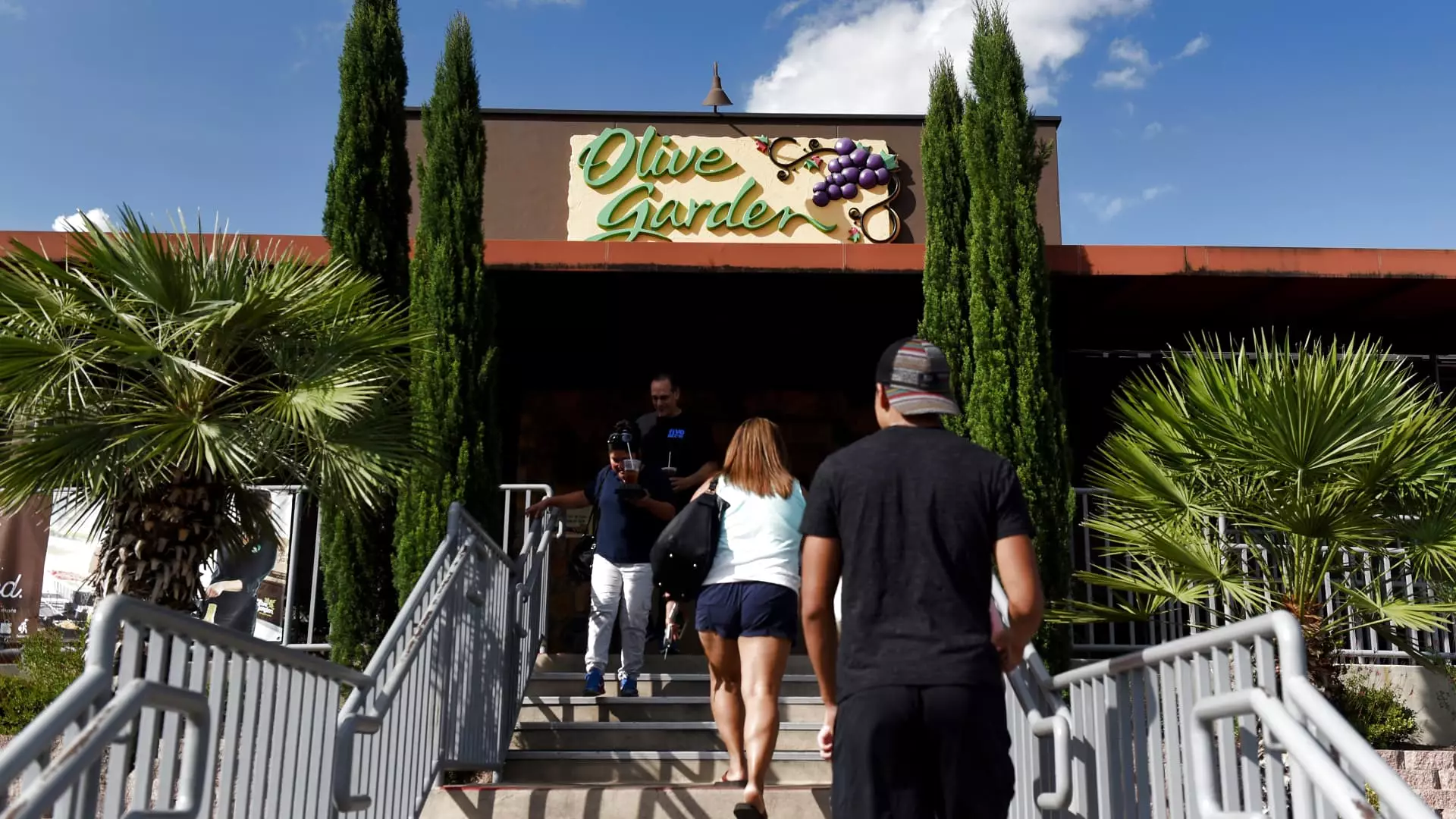The landscape of the restaurant industry is witnessing a subtle yet significant change in customer preferences. Darden Restaurants CEO Rick Cardenas pointed out that casual-dining chains are attracting customers who are dissatisfied with the rising prices in the fast-food sector. While Darden itself has not experienced a surge in customers due to this shift, its competitors, such as Brinker International and Dine Brands, have been successfully luring customers away from fast-food giants.
Leading the charge, Chili’s introduced an advertisement campaign that directly targets the pricing of fast-food burgers like the Big Mac. Similarly, Applebee’s, under the helm of Dine Brands CEO John Peyton, has been offering irresistible deals to entice fast-food lovers. This strategy seems to be paying off, evident from the increasing rivalry between casual-dining chains and fast-food establishments.
Recent industry data reveals a noticeable trend of customers shifting their dining habits from quick-service restaurants to casual-dining chains. The Department of Labor reported a 3.5% rise in full-service menu prices over the past year, slightly lower than the 4.5% increase in limited-service eatery prices. This shift highlights consumers’ concerns over the steady increase in prices across the board, especially in an economic climate where affordability plays a crucial role in decision-making.
With consumers feeling the pinch of consecutive price hikes, even fast-food chains are not immune to criticism. McDonald’s, a prominent player in the fast-food industry, faced backlash over its escalating prices. In response, the company’s U.S. president, Joe Erlinger, defended the price hikes by highlighting a 40% increase since 2019. However, amid the criticism, McDonald’s introduced a $5 value meal and complimentary French fries on Fridays to cater to budget-conscious diners.
In contrast to its competitors, Darden has adopted a different approach to retain and attract customers. The company has focused on television advertising and maintained relatively lower price points compared to inflation rates. Despite reporting stagnant same-store sales growth and lower-than-expected revenue in its fiscal fourth quarter, Darden’s earnings surpassed analysts’ estimates. The company’s resilience in the face of a challenging consumer environment underscores its commitment to meeting customer expectations.
As the battle between casual-dining chains and fast-food giants intensifies, it is evident that consumer preferences and economic factors play a pivotal role in shaping the industry landscape. While both segments strive to offer value and quality to customers, the war for customers’ wallets continues to drive innovation and marketing strategies. The evolving dynamics in the restaurant industry highlight the importance of adaptability and consumer-centric approaches for sustained success.

